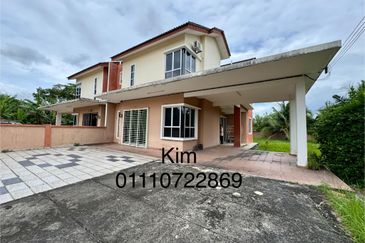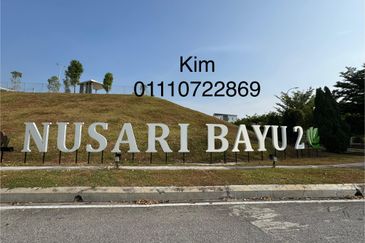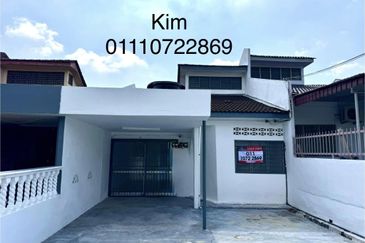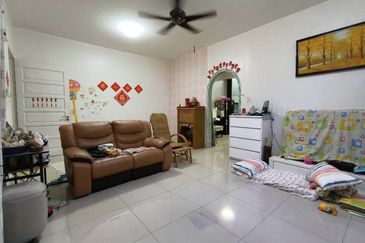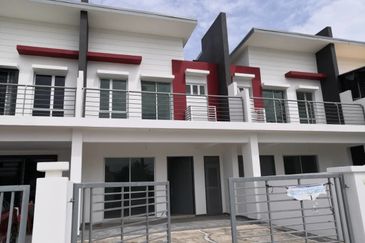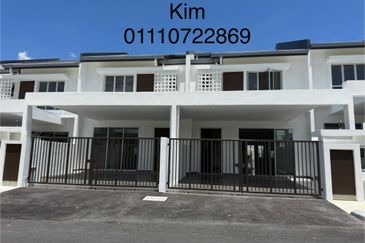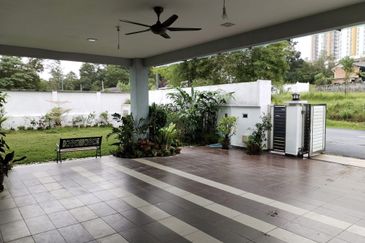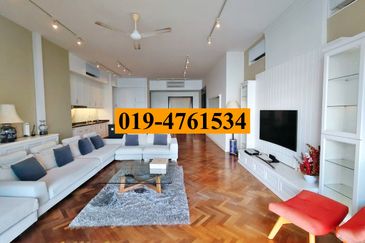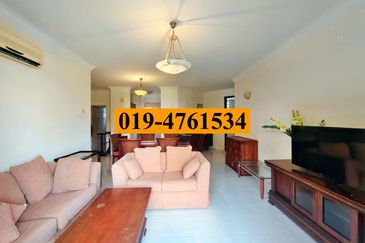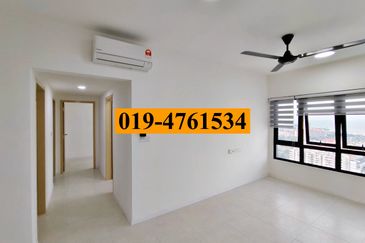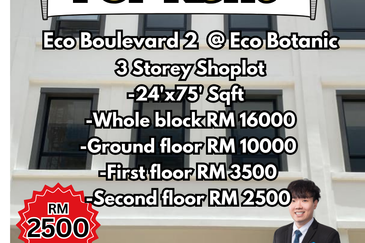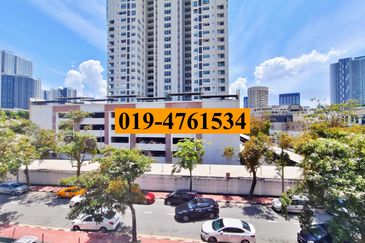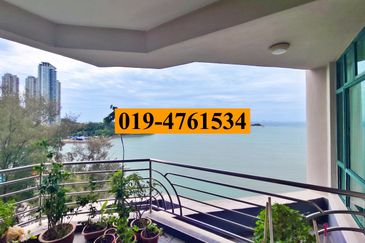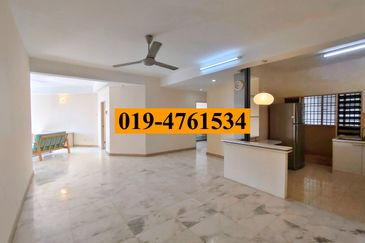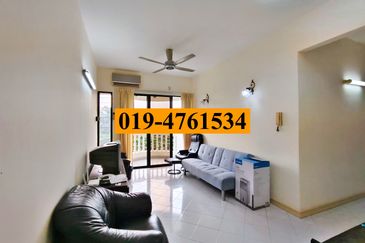SINGAPORE (Oct 19): URA announced proposed plans for three upcoming precincts – Kampong Bugis, Holland Plain and Bayshore – that will house an estimated 18,500 homes.
The plans centre on making the precincts people-centred and car-lite, incorporating sustainable and green features, as well as promoting vibrant community spaces.
Consistent with its vision for car-lite precincts, URA says that all three upcoming precincts will be within a five- to ten-minute walk to one or more MRT stations. URA also plans to enhance last-mile connection from the MRT station to homes. In Kampong Bugis, for instance, a new underpass and footbridge will be added to provide direct access to Kallang and Lavender MRT stations.

URA also intends for precincts to house sensitivity-designed parks and green spaces. Holland Plain, for example, will feature skyrise greenery within private developments that help lower ambient temperatures.
In order to promote a stronger sense of community, public spaces such as parks, landscapes decks and courtyards will also be integrated into the precincts. Bayshore, for instance, will comprise low- and high-rise residential blocks planned around a courtyard with shops and communal facilities.
URA says it will continue to engage the communities around the three precincts to refine its plans in the lead-up to the launches of the precincts. Kampong Bugis will be launched over the next one or two years, followed by Holland Plain around 2021, then Bayshore after 2024.

The 17-ha Kampong Bugis is projected to yield about 4,000 homes. Holland Plain, which spans 34ha, and Bayshore, which spans 60ha, are expected to yield approximately 2,500 and 12,000 homes respectively.
According to Nicholas Mak, executive director of ZACD Group, URA’s car-lite plans for the housing precincts are likely to be more well-received by young couples without children, who may opt out of car ownership. However, the plans may be less well-received by families with young children and elderly who have critical illnesses, who understandably view owning a private car as a necessity and a convenience.
Mak adds that promoting car-lite precincts might also impact the unit types offered by developers. “They may be inclined to develop smaller units meant for singles, young families without children and for rental purposes, which have lesser need for parking lots,” Mak says. He reckons that, as a result, fewer family-size units would be developed in the three precincts.

TOP PICKS BY EDGEPROP
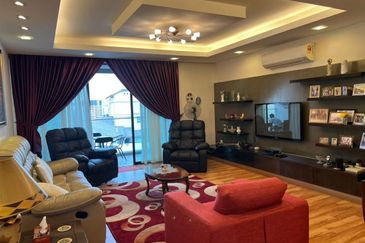
Papillon Desahill Condominium
Taman Desa, Kuala Lumpur

Ara Sendayan @ Bandar Seri Sendayan
Seremban, Negeri Sembilan
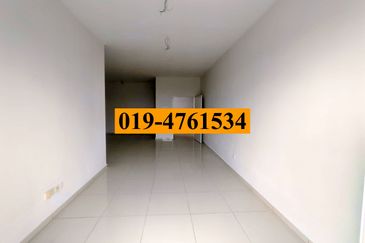
The Retreat Condominiums
Bukit Mertajam, Penang


